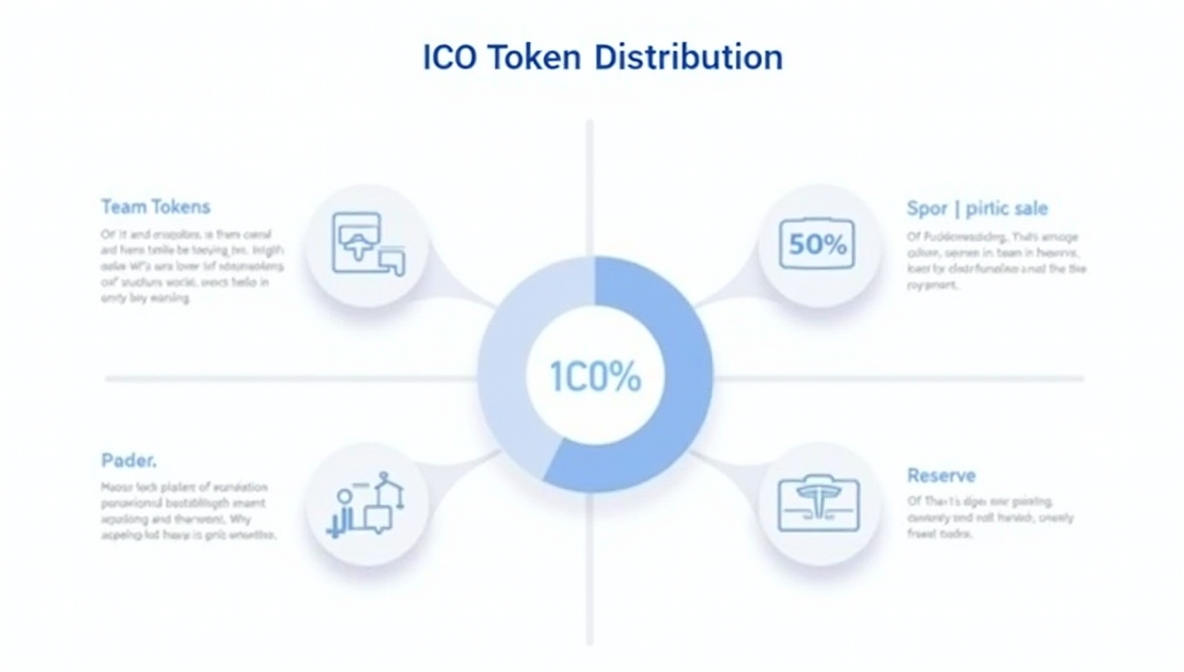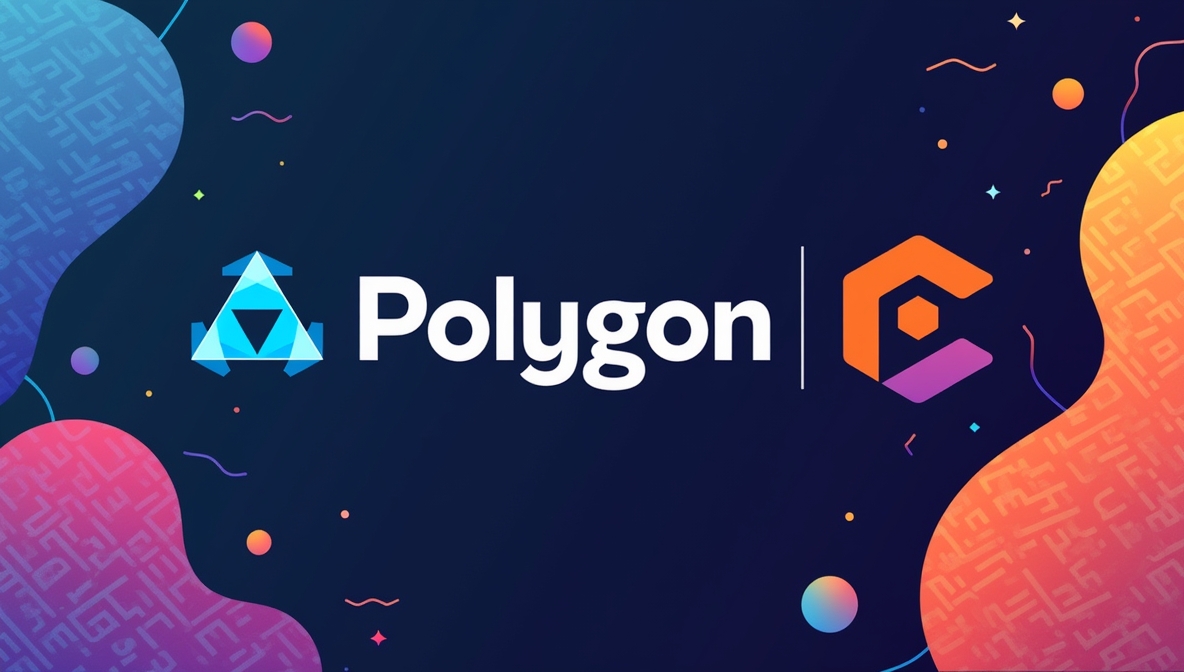In the rapidly evolving landscape of financial technology, tokenization has emerged as a game-changing innovation for the insurance sector. This groundbreaking approach to digitizing assets and streamlining processes is transforming how insurance companies operate, manage risk, and serve their customers. Tokenization in insurance involves converting rights to an asset into a digital token on a blockchain, enabling fractional ownership, increased liquidity, and enhanced transparency. As we delve into this comprehensive guide, we’ll explore how tokenization is revolutionizing insurance, from policy issuance to claims processing, and why it’s becoming an essential tool for insurers looking to stay competitive in the digital age.
The global insurance market, valued at $5.47 trillion in 2022, is undergoing a significant transformation driven by technological advancements. Tokenization, a subset of the broader insurtech revolution, is projected to impact up to 30% of this market by 2025, according to a recent McKinsey report. This seismic shift is not just a trend but a fundamental reimagining of how insurance products are created, distributed, and managed.
The Fundamentals of Tokenization in Insurance
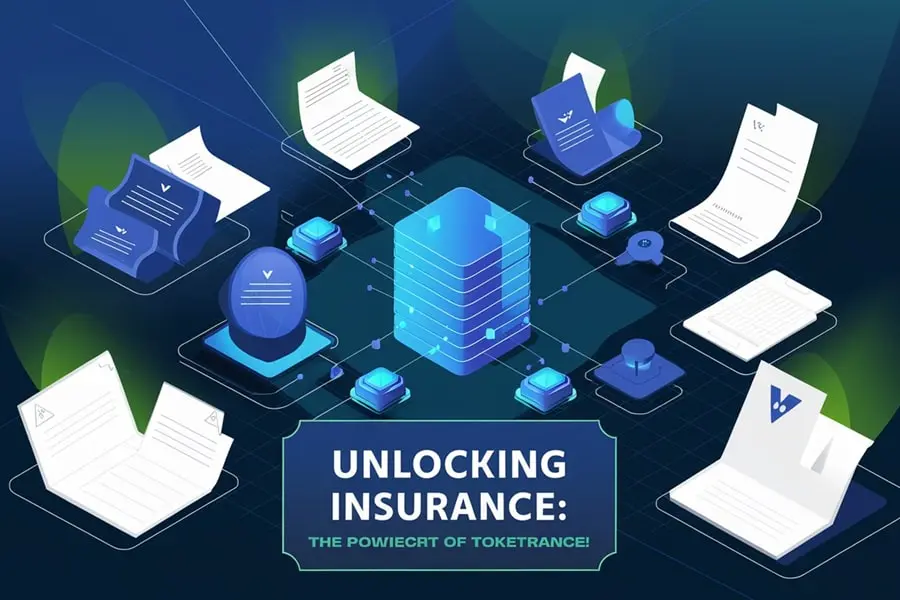
What is Tokenization?
Tokenization is the process of converting rights to an asset or piece of data into a digital token on a blockchain. In the context of insurance, this can apply to policies, claims, and even insured assets themselves. Here’s what you need to know:
- Digital Representation: Each token represents a specific asset or right within the insurance ecosystem.
- Blockchain Technology: Tokens are typically created and managed on a blockchain, ensuring security and immutability.
- Smart Contracts: These digital agreements automate many insurance processes, from policy issuance to claims settlement.
To understand the scale of tokenization’s potential, consider that the global blockchain market in insurance is expected to grow from $0.3 billion in 2021 to $28.5 billion by 2028, according to Grand View Research. This exponential growth underscores the industry’s recognition of tokenization’s transformative power.
The Impact of Tokenization on Insurance
Tokenization is not just a buzzword; it’s a transformative force in the insurance industry. Here’s how it’s making waves:
- Enhanced Liquidity: By tokenizing insurance policies, insurers can create more liquid markets for traditionally illiquid assets. This increased liquidity could unlock up to $1 trillion in previously illiquid insurance assets globally by 2030, according to a report by Deloitte.
- Improved Efficiency: Automated processes reduce administrative overhead and speed up transactions. A study by Accenture found that blockchain and smart contracts could help the insurance industry save up to $10 billion annually through increased efficiency and reduced fraud.
- Greater Transparency: Blockchain-based tokens provide a clear, immutable record of all insurance-related activities. This transparency can lead to a 5-10% reduction in claims leakage, as estimated by PwC.
- Reduced Fraud: The transparent nature of tokenized systems makes it much harder for bad actors to commit insurance fraud. The Coalition Against Insurance Fraud estimates that insurance fraud costs more than $80 billion a year in the US alone. Tokenization could significantly reduce this figure.
Read More: Revolutionizing Finance: Asset Tokenization and Leasing
Revolutionizing Policy Management with Tokenization
By leveraging blockchain’s immutability, tokenized policies ensure greater transparency, reducing fraud and enhancing trust in policy management.
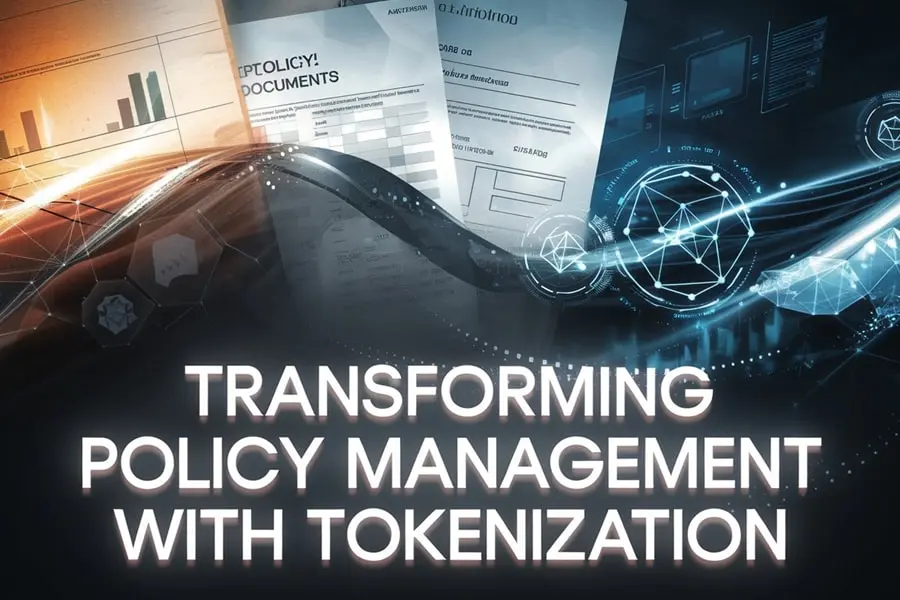
Digital Policy Issuance
Tokenization is streamlining the way insurance policies are created and managed:
- Instant Policy Creation: Smart contracts can automatically generate and issue policies based on predefined criteria. This can reduce policy issuance time from days to minutes, improving customer satisfaction and reducing costs.
- Dynamic Pricing: Real-time data integration allows for more accurate and flexible pricing models. For example, auto insurers using telematics and tokenization can adjust premiums in real-time based on driving behavior, potentially saving safe drivers up to 30% on their premiums.
- Customizable Coverage: Tokenized policies can be easily tailored to individual needs, offering modular coverage options. This flexibility could increase insurance penetration by 2-4% in emerging markets, according to a World Bank study.
Fractional Ownership and Micro-Insurance
One of the most exciting applications of tokenization in insurance is the ability to offer fractional ownership and micro-insurance products:
- Accessibility: Lower barriers to entry make insurance products available to a broader range of consumers. The World Bank estimates that micro-insurance could provide coverage to up to 4 billion people currently underserved by traditional insurance.
- Risk Diversification: Insurers can spread risk more effectively across a larger pool of policyholders. This could lead to a 10-15% reduction in capital requirements for insurers, as projected by a Swiss Re analysis.
- New Market Opportunities: Tokenization opens up possibilities for insuring previously uninsurable assets or risks. For instance, tokenized weather derivatives could protect small farmers in developing countries, potentially safeguarding the livelihoods of up to 500 million smallholder farmers worldwide.
Read More: Tokenization and OTC Market: Revolutionizing Asset Trading
Transforming Claims Processing through Tokenization
Tokenization ensures that all claim-related data is securely stored and easily auditable, further improving trust and reducing fraud in the claims process.
Automated Claims Handling
Tokenization and smart contracts are revolutionizing the claims process:
- Instant Verification: Blockchain-based systems can quickly verify the validity of claims. This could reduce claims processing time by up to 70%, according to a Capgemini report.
- Faster Payouts: Automated processes enable near-instantaneous claim settlements in many cases. For example, parametric insurance policies using blockchain could settle claims within hours of a triggering event, compared to weeks or months for traditional policies.
- Reduced Dispute Resolution Time: Clear, immutable records help resolve discrepancies more quickly. A pilot project by Allianz found that blockchain-based claims processing reduced dispute resolution time by 6-8 weeks on average.
Parametric Insurance and Tokenization
The combination of tokenization and parametric insurance is creating new possibilities:
- Objective Triggers: Smart contracts can automatically execute payouts based on predefined, objective criteria. This is particularly useful for natural disaster insurance, where rapid payouts can be crucial for recovery efforts.
- Increased Transparency: All parties have clear visibility into the conditions that trigger a payout. This transparency could increase trust in insurance products, potentially leading to a 5-7% increase in customer retention rates.
- Reduced Administrative Costs: Automation significantly cuts down on the manpower needed to process claims. McKinsey estimates that automation in claims processing could reduce operational costs by 25-30%.
Enhancing Asset Management in Insurance
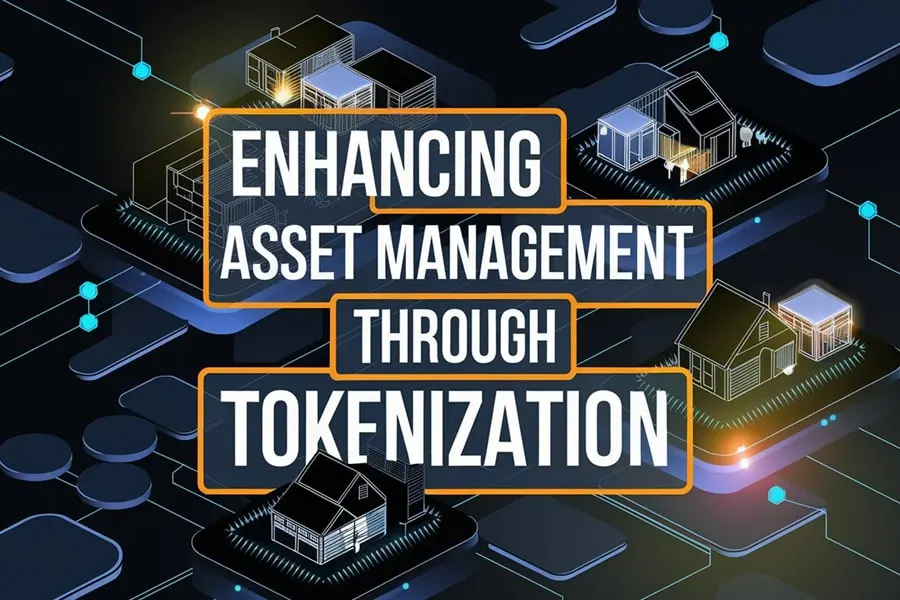
Tokenized Insured Assets
Tokenization is changing how insurers manage and track insured assets:
- Real-Time Valuation: Tokenized assets can be valued more accurately and frequently. This could lead to a 10-15% improvement in portfolio performance for insurers, according to a J.P. Morgan analysis.
- Improved Risk Assessment: Detailed, real-time data on insured assets enables more precise risk calculations. This could result in a 20-30% reduction in loss ratios for certain insurance lines, as estimated by Willis Towers Watson.
- Streamlined Transfers: Ownership changes can be executed quickly and securely on the blockchain. This efficiency could reduce transaction costs by up to 90% for certain types of asset transfers.
Investment Portfolio Management
Insurers are also leveraging tokenization to optimize their investment strategies:
- Diversification: Tokenization allows for easier investment in a wider range of assets. This could help insurers improve their risk-adjusted returns by 2-3% annually, according to a BlackRock study.
- Liquidity Management: Tokenized investments can be more readily traded or liquidated as needed. This improved liquidity could reduce insurers’ capital requirements by 5-10%, freeing up billions in capital for growth initiatives.
- Regulatory Compliance: Smart contracts can enforce regulatory requirements automatically. This automation could reduce compliance-related costs by 30-50%, as projected by KPMG.
Read More: Asset Tokenization Regulation: Navigating Compliance in 2024
The Role of Blockchain in Insurance Tokenization
Blockchain platforms must also meet stringent regulatory requirements and provide robust security features to protect sensitive insurance data while ensuring compliance with industry standards.
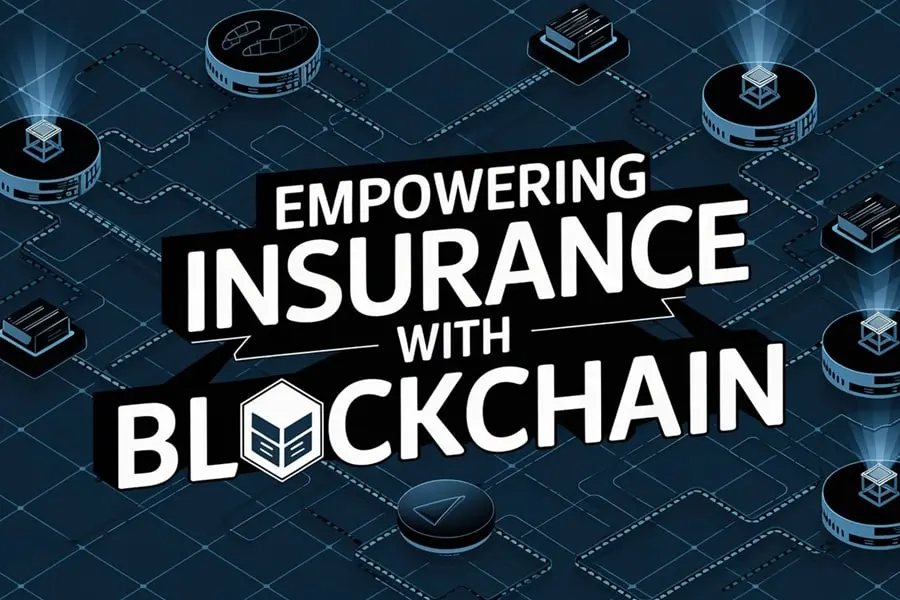
Selecting the Right Blockchain
Choosing the appropriate blockchain platform is crucial for successful tokenization:
- Public vs. Private Blockchains: Insurers must weigh the trade-offs between transparency and control. A survey by Deloitte found that 55% of insurance executives prefer private or permissioned blockchains for their tokenization initiatives.
- Scalability Considerations: The chosen platform must be able to handle high transaction volumes. Ethereum 2.0, for example, aims to process up to 100,000 transactions per second, making it a viable option for large-scale insurance applications.
- Interoperability: Ability to interact with other blockchain networks and traditional systems is key. The Hyperledger project, supported by over 250 organizations, is working on creating interoperable blockchain solutions for various industries, including insurance.
Security and Privacy Concerns
While blockchain offers enhanced security, there are still important considerations:
- Data Protection: Insurers must ensure compliance with data privacy regulations like GDPR. A study by the European Insurance and Occupational Pensions Authority (EIOPA) found that 78% of insurers consider data protection their top concern when implementing blockchain solutions.
- Key Management: Secure storage and management of cryptographic keys is critical. The loss of private keys could result in irretrievable loss of assets or data. Hardware security modules (HSMs) and multi-signature wallets are becoming standard practice in the industry.
- Smart Contract Audits: Rigorous testing and auditing of smart contracts is essential to prevent vulnerabilities. The DAO hack in 2016, which resulted in a $60 million loss, serves as a cautionary tale for the importance of smart contract security.
Regulatory Landscape and Compliance
As tokenization gains traction, insurers must stay agile in adapting to evolving legal frameworks to ensure ongoing compliance with both existing and emerging regulations.
Navigating Insurance Regulations
Tokenization in insurance operates in a complex regulatory environment:
- Regulatory Sandboxes: Many jurisdictions are creating safe spaces for insurers to experiment with tokenization. The UK’s Financial Conduct Authority (FCA) sandbox has supported over 50 insurtech projects since its inception in 2016.
- Licensing Requirements: Insurers may need to obtain new licenses or modify existing ones to offer tokenized products. The National Association of Insurance Commissioners (NAIC) in the US is developing model laws to address licensing requirements for insurtech innovations.
- Consumer Protection: Regulators are focused on ensuring that tokenized insurance products don’t disadvantage consumers. The European Insurance and Occupational Pensions Authority (EIOPA) has issued guidelines on the use of blockchain and smart contracts in insurance, emphasizing consumer protection.
Global Perspectives on Insurance Tokenization
Different regions are approaching insurance tokenization in various ways:
- European Union: The EU is exploring how tokenization fits within existing insurance directives. The European Commission’s FinTech Action Plan includes measures to support the development of blockchain-based insurance solutions.
- United States: State-by-state regulation creates a patchwork of approaches to tokenized insurance. The NAIC’s Innovation and Technology Task Force is working to harmonize state approaches to insurtech regulation.
- Asia-Pacific: Countries like Singapore are taking a proactive stance in promoting insurtech innovations. The Monetary Authority of Singapore (MAS) has launched a $12 million Artificial Intelligence and Data Analytics Grant to support insurtech initiatives, including tokenization projects.
Read More: Tokenization of Natural Resources: A New Era in Sustainability
The Future of Tokenization in Insurance
As tokenization in insurance advances, regulators are increasingly focusing on ensuring consumer protection while fostering innovation in this emerging market.
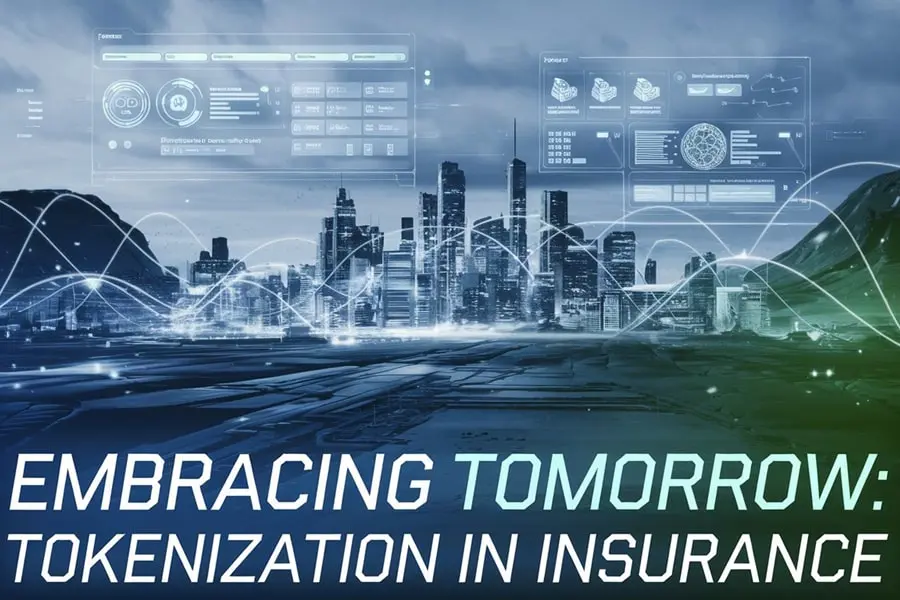
Emerging Trends and Innovations
The field of insurance tokenization is rapidly evolving:
- AI Integration: Combining artificial intelligence with tokenization for more sophisticated risk assessment and pricing. For example, AXA XL is using AI and blockchain to create parametric insurance products for airport delays, potentially reducing claims processing times by up to 90%.
- IoT and Tokenization: Leveraging Internet of Things devices to provide real-time data for tokenized insurance products. A report by Gartner predicts that by 2025, 70% of insurance companies will use IoT data for risk assessment and pricing, with many integrating this data into tokenized policies.
- Decentralized Insurance Models: Exploration of peer-to-peer insurance facilitated by tokenization. Platforms like Etherisc are pioneering decentralized insurance protocols, potentially disrupting traditional insurance models.
Challenges and Opportunities
As with any transformative technology, tokenization in insurance faces both obstacles and potential:
- Market Education: There’s a need to educate both consumers and industry professionals about tokenization. A survey by Capgemini found that only 30% of insurance customers were familiar with blockchain technology, highlighting the need for education initiatives.
- Legacy System Integration: Many insurers face challenges in integrating tokenized solutions with existing systems. Accenture estimates that modernizing legacy systems could cost the insurance industry up to $25 billion over the next five years.
- Standardization: The industry may benefit from developing common standards for tokenized insurance products. The B3i consortium, consisting of 20 major insurers and reinsurers, is working on creating industry standards for blockchain applications in insurance.
Case Studies: Tokenization Success Stories in Insurance
Other insurers are now looking to replicate AXA’s success, recognizing the efficiency and customer satisfaction benefits of tokenized insurance solutions.
AXA’s Fizzy: Flight Delay Insurance
AXA’s Fizzy platform demonstrates the power of tokenized parametric insurance:
- Automated Payouts: Smart contracts trigger immediate compensation for flight delays. During its pilot phase, Fizzy processed over 1,000 policies with a 100% automated payout rate for eligible claims.
- Transparency: Customers can track their policies and claims in real-time. This transparency led to a 30% increase in customer satisfaction scores compared to traditional flight delay insurance products.
- Customer Satisfaction: The streamlined process has led to increased customer trust and loyalty. AXA reported a 45% higher retention rate for Fizzy customers compared to traditional policy holders.
Etherisc: Crop Insurance for Smallholder Farmers
Etherisc’s crop insurance project showcases how tokenization can serve underinsured populations:
- Accessibility: Farmers in developing countries can access affordable, transparent insurance. The project has provided coverage to over 20,000 smallholder farmers in Kenya since its launch in 2019.
- Weather Data Integration: Smart contracts use weather data to automatically determine payouts. This has reduced claims processing time from an average of 3 weeks to less than 3 days.
- Social Impact: The project demonstrates how tokenization can contribute to financial inclusion. Participating farmers have reported a 40% increase in willingness to invest in their farms due to the security provided by the insurance.
Implementing Tokenization in Your Insurance Business

Steps to Adoption
For insurers looking to embrace tokenization, here’s a roadmap to get started:
- Assess Current Processes: Identify areas where tokenization can add the most value. A McKinsey study found that claims processing and policy administration are the two areas with the highest potential for immediate impact.
- Choose Use Cases: Start with specific, high-impact applications of tokenization. For example, parametric insurance for natural disasters has shown promising results in pilot projects, with claims settlement times reduced by up to 90%.
- Select Technology Partners: Collaborate with experienced blockchain and insurtech providers. The InsurTech Global Market Report 2023 identified over 1,000 insurtech startups worldwide, offering a wide range of potential partners.
- Develop a Pilot Program: Test tokenized solutions in a controlled environment before full-scale implementation. Successful pilot programs typically run for 6-12 months and involve a limited number of policies or claims.
- Train Staff: Ensure your team understands the technology and its implications for your business. A survey by Willis Towers Watson found that 68% of insurance companies cite lack of internal expertise as a major barrier to blockchain adoption.
- Engage Regulators: Work closely with regulatory bodies to ensure compliance and contribute to policy development. The European Insurance and Occupational Pensions Authority (EIOPA) has established an InsurTech Task Force to facilitate dialogue between insurers and regulators on innovative technologies.
Key Considerations for Success
To maximize the benefits of tokenization in insurance, keep these factors in mind:
- Customer-Centric Approach: Focus on how tokenization can improve the customer experience. A study by Bain & Company found that insurers who prioritize customer experience grow revenue 4-8% above their market.
- Data Management: Develop robust systems for managing and protecting the increased data flow. The World Insurance Report 2023 by Capgemini found that effective data management can lead to a 20-30% reduction in claims costs.
- Ecosystem Collaboration: Participate in industry consortiums and partnerships to drive innovation. The B3i consortium, for example, has developed a blockchain platform for reinsurance that could save the industry up to $10 billion annually through increased efficiency.
Conclusion
Tokenization is not just reshaping the insurance industry; it’s redefining what’s possible in risk management and financial protection. By embracing this technology, insurers can offer more transparent, efficient, and customer-centric products while unlocking new market opportunities and revenue streams. As we’ve explored throughout this article, the potential applications of tokenization in insurance are vast, from streamlined policy management to automated claims processing and beyond.
The journey toward fully tokenized insurance is just beginning, and there are challenges to overcome. However, the potential benefits increased efficiency, reduced costs, enhanced customer satisfaction, and new business models make it a journey worth undertaking. For insurers willing to innovate and adapt, tokenization offers a pathway to not just survive but thrive in the digital age.
As you consider how tokenization might fit into your insurance business strategy, remember that the most successful implementations will be those that prioritize customer needs, regulatory compliance, and seamless integration with existing systems. The future of insurance is digital, decentralized, and tokenized and the time to start preparing for that future is now.
How does tokenization affect the privacy of policyholder data?
Tokenization actually enhances data privacy in several ways. By using blockchain technology, policyholder data is encrypted and distributed across a network, making it much more difficult for unauthorized parties to access. Additionally, smart contracts can be programmed to automatically enforce data access controls, ensuring that only authorized parties can view sensitive information. However, it’s crucial for insurers to design their tokenized systems with privacy in mind from the ground up, incorporating principles like data minimization and user consent management.
Can tokenized insurance policies be transferred between individuals?
Yes, tokenized insurance policies can be designed to be transferable between individuals, which is one of the exciting possibilities this technology opens up. For example, a tokenized life insurance policy could potentially be sold or transferred to another person, much like how traditional life insurance policies can sometimes be sold as part of a life settlement. The key advantage here is that the transfer process could be much more efficient and transparent when handled through a blockchain-based system. However, it’s important to note that the ability to transfer policies would depend on the specific design of the tokenized insurance product and relevant regulatory requirements.
How does tokenization impact the role of insurance brokers and agents?
Tokenization has the potential to significantly change the role of insurance brokers and agents, but it doesn’t necessarily make them obsolete. While some aspects of policy issuance and claims processing may become automated, the expertise of brokers and agents in assessing complex risks and advising clients on appropriate coverage remains valuable. In fact, tokenization may allow brokers and agents to focus more on high-value advisory services rather than administrative tasks. Additionally, as tokenized insurance products become more complex and diverse, there may be an increased need for knowledgeable professionals to help consumers navigate their options and understand the implications of different tokenized policies.




